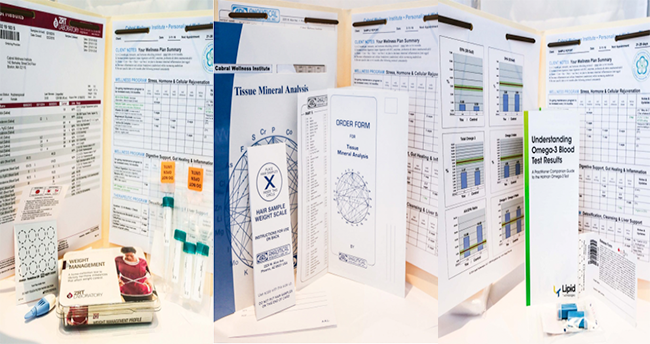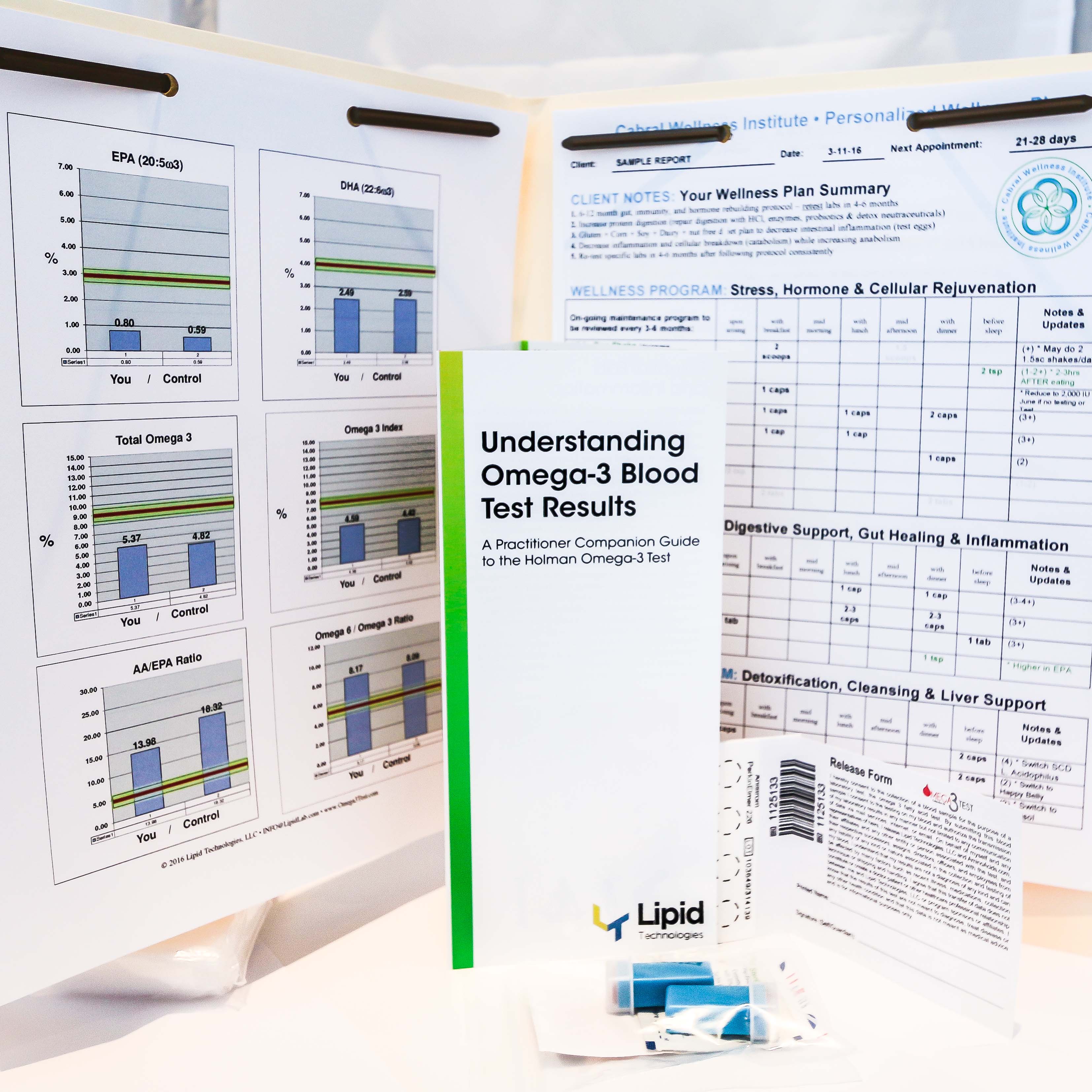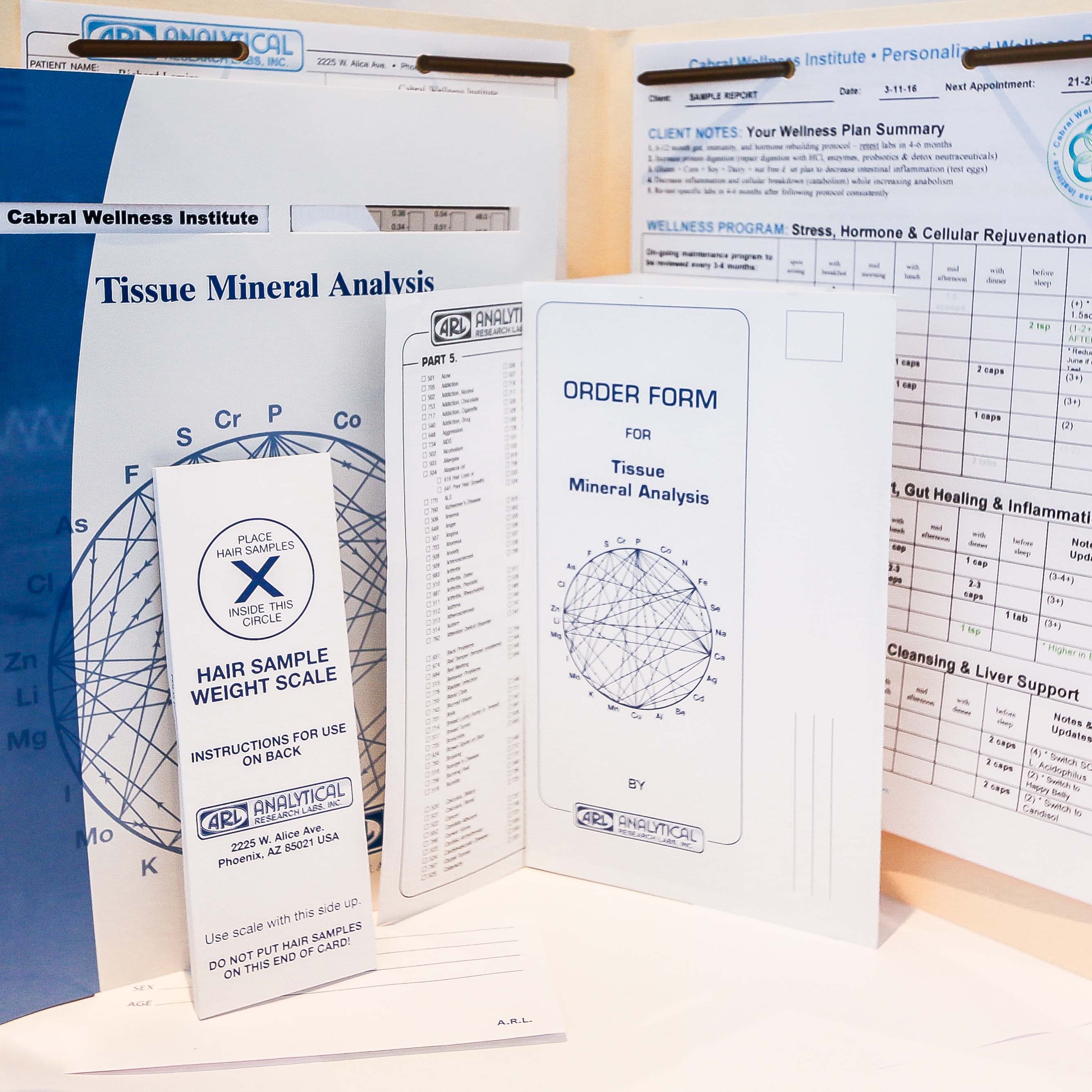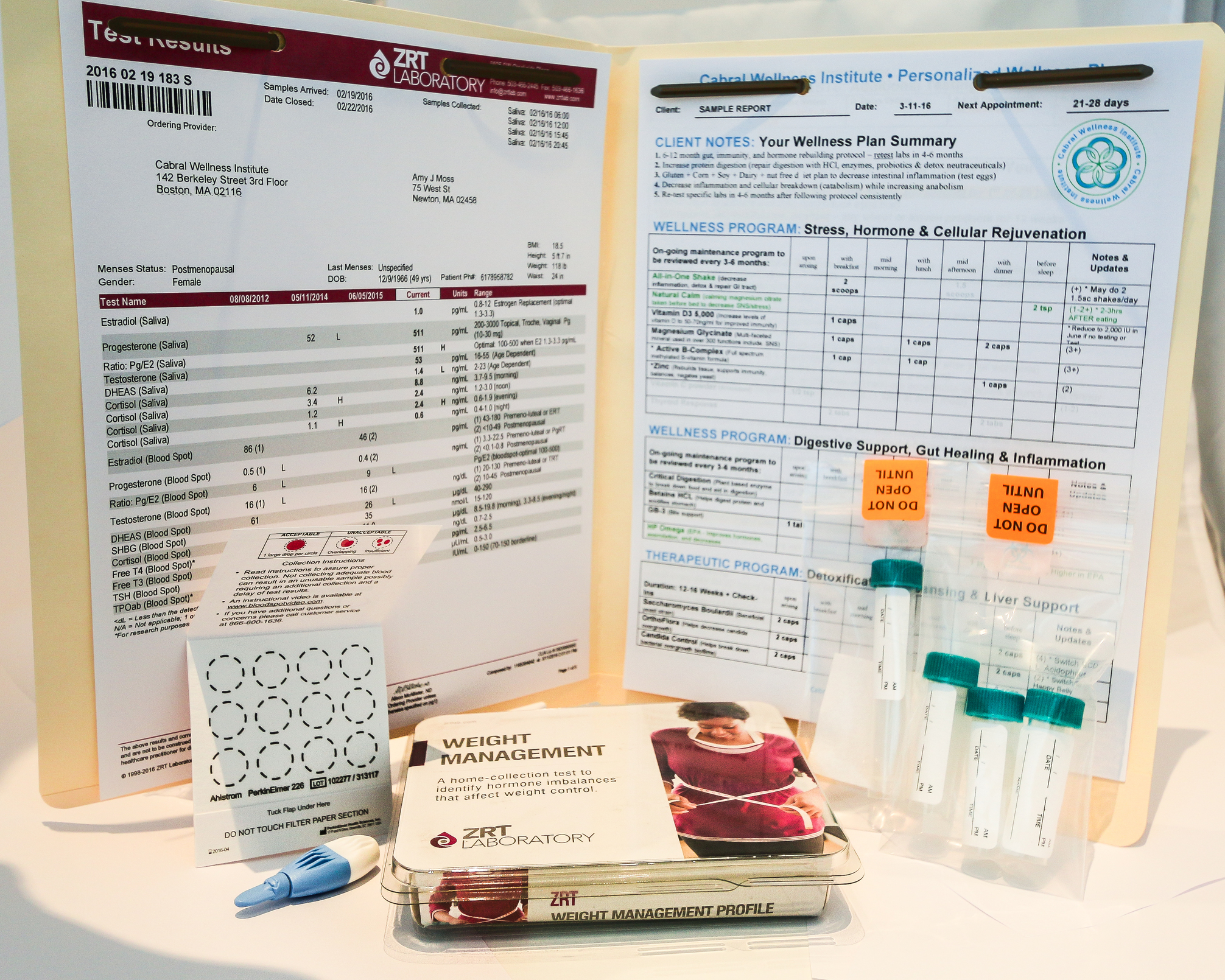Description
Hair Tissue Mineral Analysis
By examining your mineral imbalances the HTMA looks at the deeper underlying root causes, which are keeping you from feeling well again. This lab also helps you discover your heavy metal toxicity and mineral levels.
Because of its price and comprehensive assessment, the HTMA is my personal choice for getting started in Functional Medicine lab testing. You can complete the lab right at home by taking just a few snippets of hair from the back of your head.
Simple At Home Test
All labs at StephenCabral.com were specifically chosen for ease of use. That means I can mail out these labs anywhere in the US and they can be completed by you the same week right at home.
And that translates to better compliancy, faster results, and happier healthier clients.
So, after you get Hair Tissue Mineral Analysis Test kit, all you have to do is follow the simple instructions, use a clean pair of scissors and cut a few snips of hair. After that, you just place it in the prepaid envelope and mail it to the lab.
All at-home lab tests take 3-4 weeks to get the results back after you’ve mailed them in. At that time you will receive a full PDF of your Personalized Wellness Plan, which includes:
- Customized Nutritional Supplement Plan
- Dietary Guidance
- Detoxification Methods
- Lifestyle Changes
- Sleeping Tips
- Stress Reduction Techniques
- Goal Setting Formula Sheet
- Progress Report Tracking
- Private FB Support Group Access
Health Coaching Call
Plus, included in this package you’ll receive a coaching call with one of Dr. Cabral’s Certified Health Coaches to review your Personalized Wellness & Weight Loss Plan.
It’s Time to Take back control of your health & body!
FAQ
- We will mail you lab test kit out to you within 48 hours of your purchase (M-F).
- Coaching calls are scheduled for approximately 3-4 weeks after you complete and mail in your lab kit.
- Your personalized health recommendations do not include the cost of recommended food lists or products.
- Health coaching calls are completed by Dr. Cabral’s personally certified Holistic Health Coaching Team.
- During your health coaching call you will receive an explanation of your labs, as well as a specific plan for you.
- After your consultation is over you will be sent a private link from your health coach for additional bonus reports
- Any statements or claims about the possible health benefits conferred by any foods or supplements have not been evaluated by the Food & Drug Administration and are not intended to diagnose, treat, cure or prevent any disease.
Omega-3 Inflammation
Did you know there’s an at-home Functional Medicine test that allows you to look deeper in your cardiovascular health from an inflammatory standpoint.
What Are Your Levels of Inflammation?
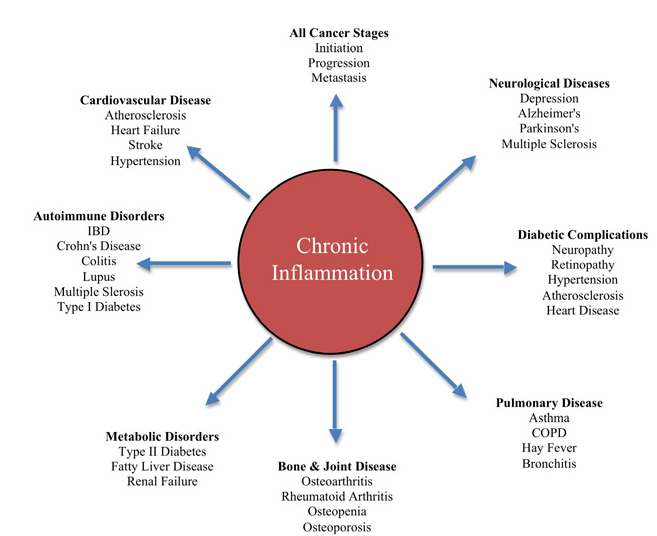
What this simple blood drop card looks for is your levels of inflammation based on Omega-6 to Omega-3 fats.
The higher your Omega-6s vs Omega-3s the more prostaglandin series 2 activity (PGE2) is running rampant in your body (think inflammation).
The ideal ratio is estimated at 2/3:1 Omega-6s to Omega-3s, but from a health standpoint you’re looking for a 5:1 or better ratio.
Here’s my favorite part of this lab –
Research shows that if you have a 9% or greater saturation rate in your blood of Omega-3s, then you’re 90% less likely to die from sudden cardiac death.*
(Please re-read that line above – it’s an amazing statistic.)
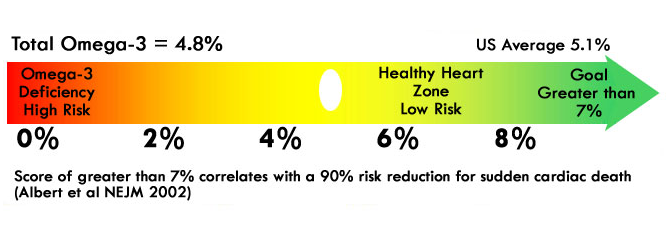
The reason why this statistic exists is because plaque or cholesterol does not tell the whole picture.
And that’s because if your arteries can’t expand due to inflammation (too much Omega-6s) then you’re far more likely to have a cardiovascular event.
So, by increasing your Omega-3 levels to balance your Omega-6s your overall cardiovascular and health profile should improve.
This same test can be used to help inflammatory muscle/joint pain, skin, nervous system issues, energy, mood, and much more…
Here’s the best part of this lab –
Research shows that if you have a 9% or greater saturation rate in your blood of Omega-3s, then you’re 90% less likely to die from sudden cardiac death.*
The reason why this statistic exists is because plaque or cholesterol does not tell the whole picture.
And that’s because if your arteries can’t expand due to inflammation (too much Omega-6s) then you’re far more likely to have a cardiovascular event.
So, by increasing your Omega-3 levels to balance your Omega-6s your overall cardiovascular and health profile should improve.
This same test can be used to help inflammatory muscle/joint pain, skin, nervous system issues, energy, mood, and much more…
Personalized Medicine at It’s Best
Using a fairly inexpensive lab like this that you can do right at home, is what I consider the future of personalized medicine.
It’s important to take control of your own health.
Completing an at-home mail-in test like this Omega-3 test is something I recommend to many of the people I care for in my practice and something you may want to look into for yourself…
And, if you’re currently suffering from any cardiovascular, mood, skin, pain, or inflammation based health concern, I highly recommend completing this lab today.
Either way, I did want to make sure you knew it existed and how to access this information if you or a family member could benefit from it.
You can test your Omega-6/Omega-3 profile levels using an at-home blood spot card and mailing it in. 3 weeks after you mail it in, I will have your results and be able to email you the results with Dr. Cabral’s recommendations.
Dr. Cabral’s Omega-3 recommendations will include 3 levels of supplementation based on what you are currently taking for nutritional supplements and how much omega-6/Omega-3 foods you currently consume. The reason for this is that many people with a low ratio or Omega-3 to Omega-6s are actually just mistakenly eating too many high Omega-6 foods.
After you get your personalized Omega profile recommendations you will then be able to decide for yourself what level of supplementation vs. food is right for you based on your lab results and current lifestyle. This is personalized natural medicine at its best!
SAMPLE REPORT
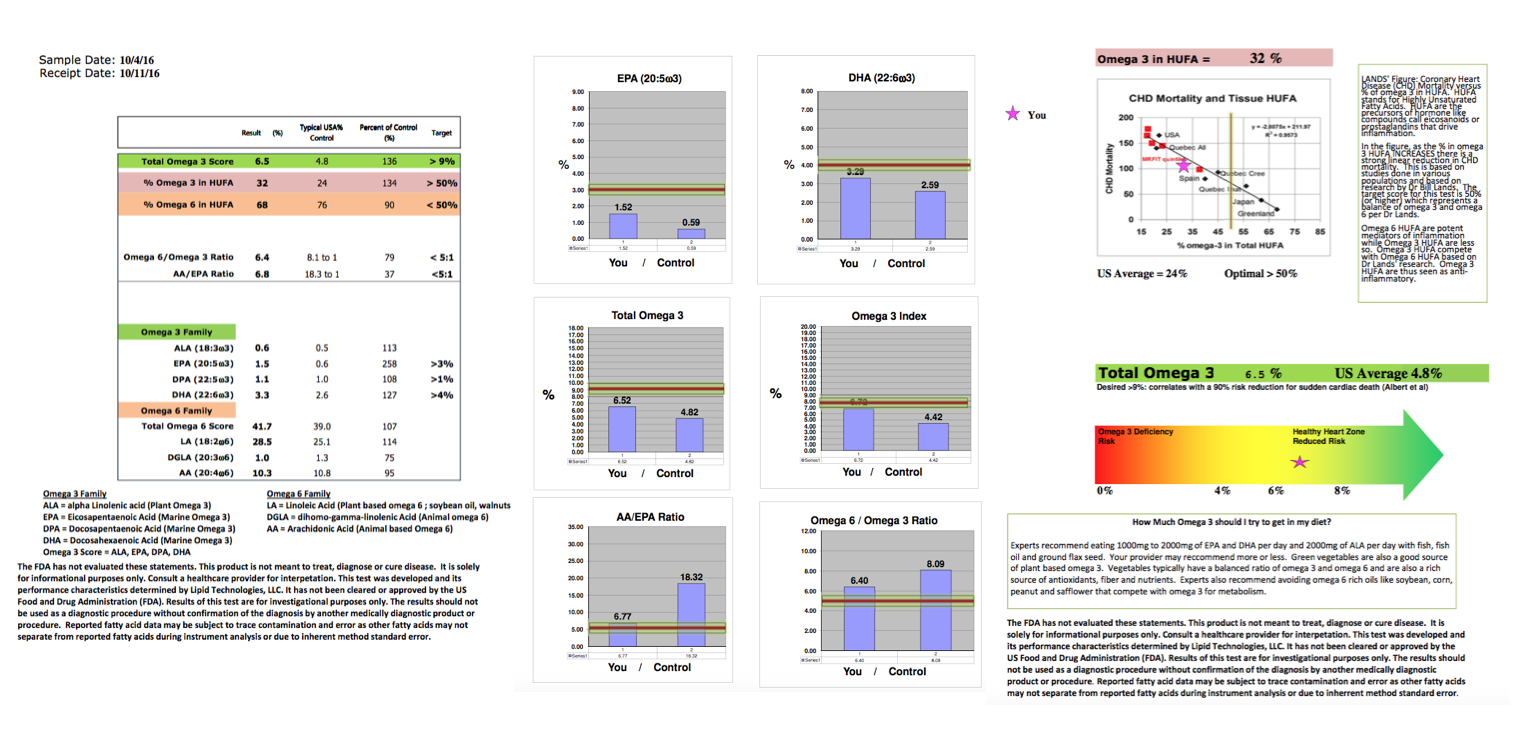
For More Details Watch the Video Below
Weight Loss Testing Package
Losing weight has less to do with the amount of calories you eat or how much you exercise, and everything to do with hormone balance, cortisol levels, and metabolism.
By looking at the hidden inflammatory triggers and hormone imbalances we can discover what is holding you back from the body you want and the results you deserve.
All at-home lab tests take 3-4 weeks to get the results back after you’ve mailed them in. At that time you will receive a full PDF of your Personalized Wellness Plan, which includes:
- Sample Meal Plans
- Meal Plan Templates
- Food Shopping Guide
- Detoxification Methods
- Lifestyle Changes
- Sleeping Tips
- Stress Reduction Techniques
- Customized Nutritional Supplement Plan
- Progress Report Tracking
- Follow Up Recommendations
Weight Loss Coaching Call
Plus, included in this package you’ll receive a coaching call with one of Dr. Cabral’s Certified Health Coaches to review your Personalized Wellness & Weight Loss Plan.
Take back control of your health & body!
What is Included in the Profile?
Estradiol (E2)
Progesterone (Pg)
Testosterone (T) and DHEA-S (DS)
Cortisol (C)
Thyroid Stimulating Hormone (TSH)
Vitamin D (D2, D3)
Fasting Insulin (In)
Hemoglobin A1c (HbA1c)
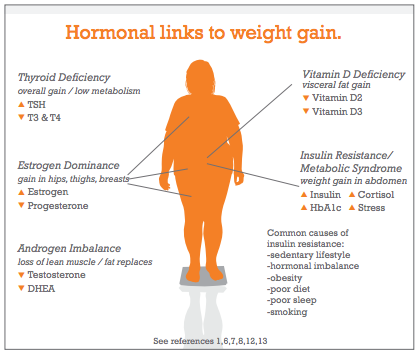
Hormone Weight Gain Connection
SAMPLE REPORT:
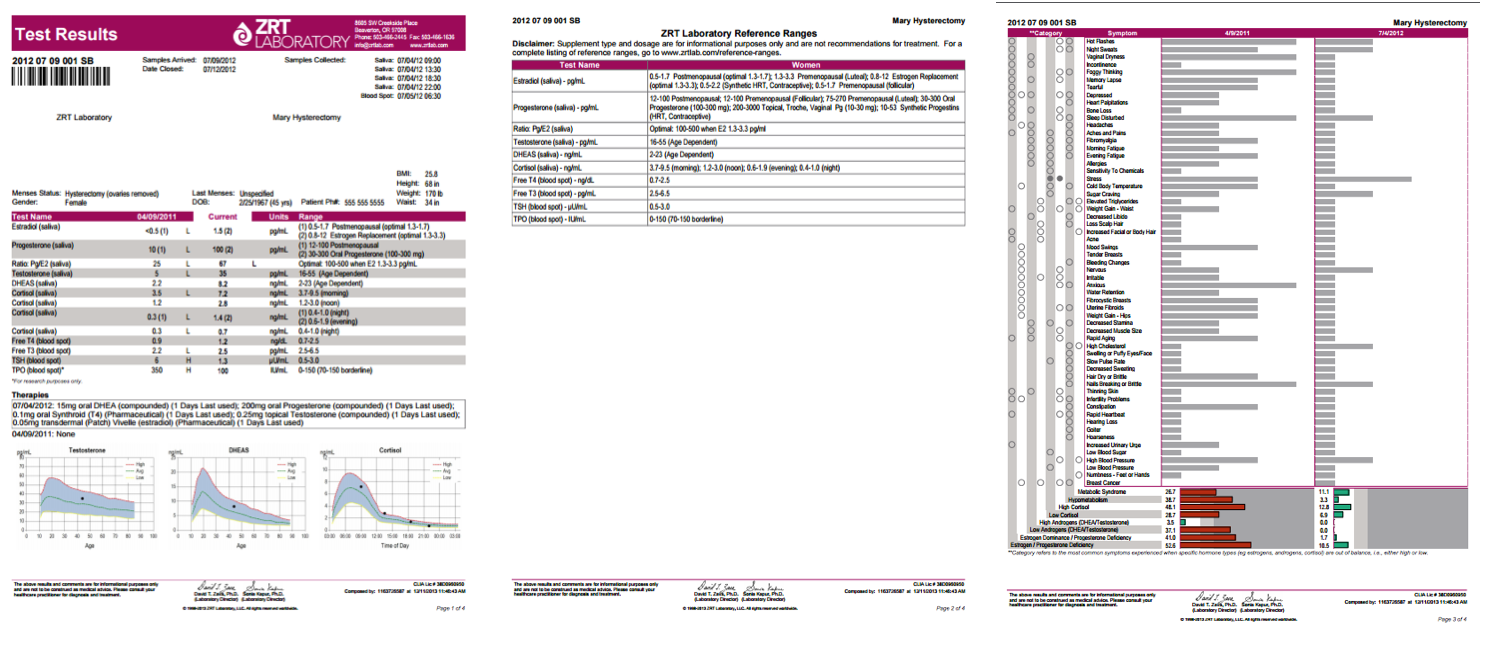
For More Details Watch the Video Below
